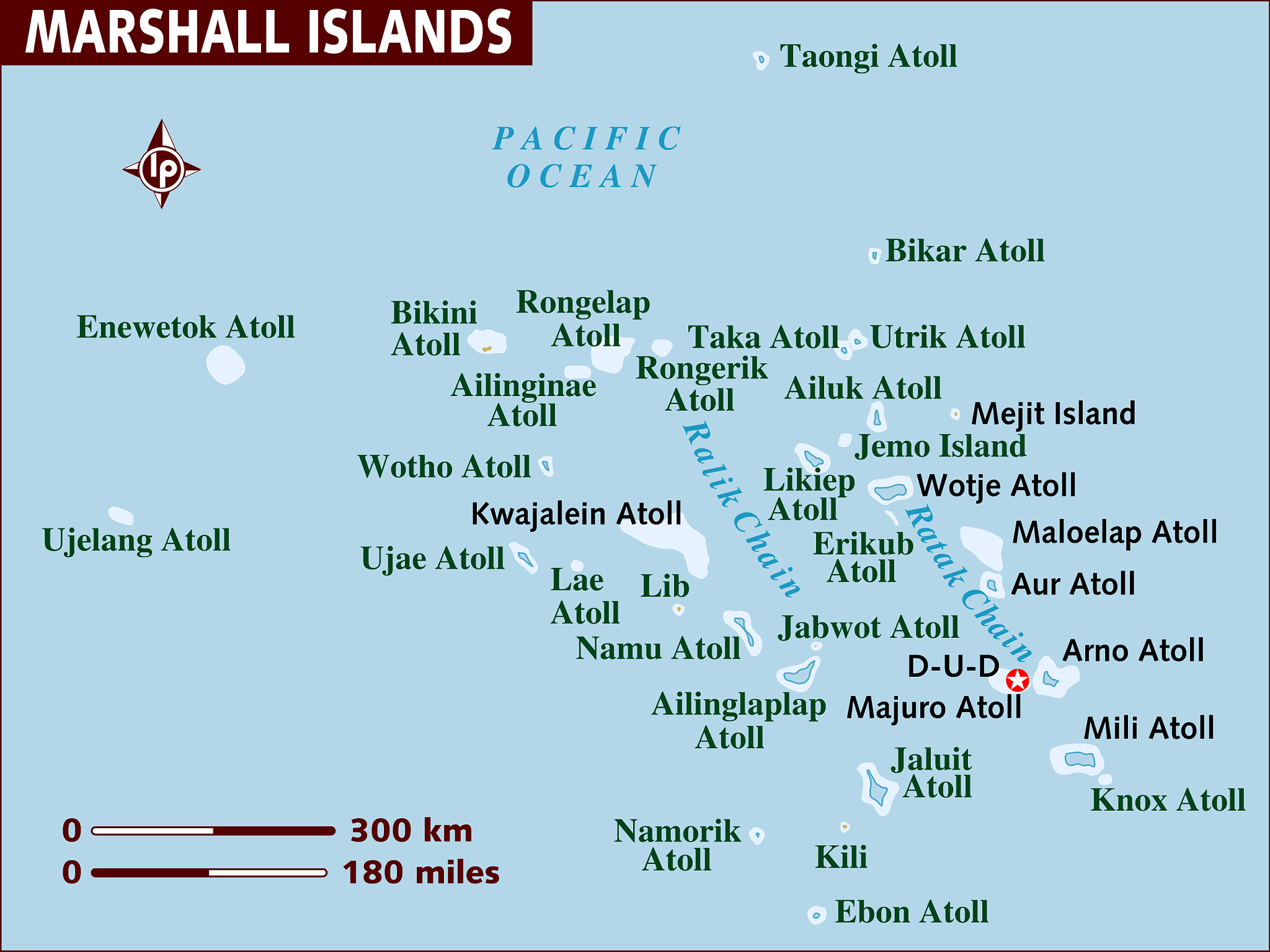Cultural Gap in Translation: Understanding and Overcoming Differences
Cultural gap refers to the differences in cultural concepts, ideas, and expressions between two languages or cultures. It becomes a problem in translation because certain words or expressions in one language may not have an exact equivalent in another language, making it challenging to convey the same meaning and cultural nuances.
In English to Chinese translation, the cultural gap can be evident in various examples.
Example 1: English Phrase: 'Break a leg!' Cultural Gap: This phrase is commonly used in English to wish someone good luck, especially before a performance. However, there is no direct equivalent in Chinese that carries the same meaning and cultural connotation. Possible Solution: One way to overcome this cultural gap is to restructure the sentence and use an entire sentence to convey the same idea. For example, the translation could be '祝你好运,希望你表现出色!' which means 'Wish you good luck, hope you perform excellently!'
Example 2: English Phrase: 'It's raining cats and dogs.' Cultural Gap: This idiom is used in English to describe heavy rain, but the literal translation does not make sense in Chinese. Possible Solution: Another way to bridge the cultural gap is to provide cultural background information through footnotes. The translation could be '下大雨(注:意指非常大的雨)' which means 'Heavy rain (Note: means very heavy rain).'
By using these strategies, translators can effectively overcome the cultural gap and accurately convey the intended meaning and cultural nuances between English and Chinese.

原文地址: http://www.cveoy.top/t/topic/p9yQ 著作权归作者所有。请勿转载和采集!